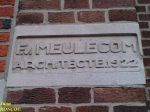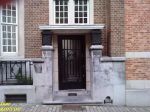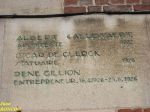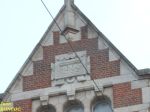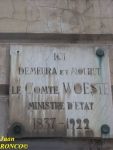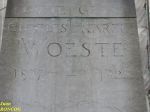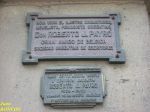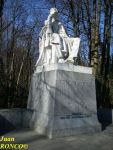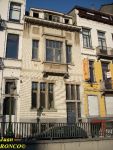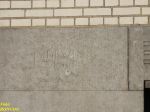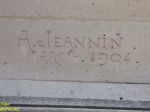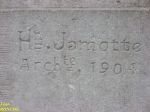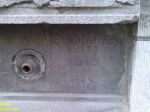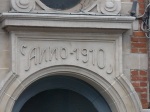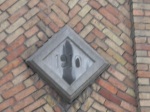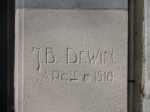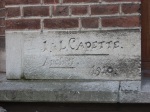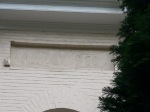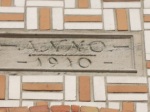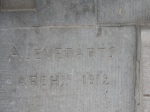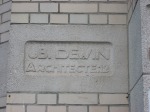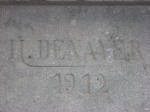1937 proved to be a prolific year.
In this post I am including some pictures with memorials.
One is to Anto Carte. I found him to be a remarkable artist. As mentioned in the plaque, he is the founder of the “Nervia” group, to foster Walloon art. In Brussels, Anto Carte designed the eight stained glass windows representing the life of Jesus in the Koekelberg Basilica.
The other memorial is about Victor de Laveye, a Belgian politician who, according to the memorial, invented the “V” sign (victory) that Churchill used during WW2.
Among the architects signatures displaying the year 1937 the one by J.B. Dewin could disappear soon. This signature can be seen now in one of the façades of the “Edith Cavell” clinic (rue Marie Depage). But the clicnic will be demolished and replaced by an appartment building, so this signature might be lost.
Another architect’s signature is worthwile to be mentioned. It is the one of Georges Troffaes. The pictures depicts what it is called a “plaque de notoriété”. This link points the reader to a picture of a similar “plaque de notoriété” from 1931 of the same architect, of in a house in Yvoir (Belgium).
Finally the picture with the “Anno Domini MCMXXVII” can be seen in the façade of a convent of nuns in rue Langeveld.
- (architect J.B. Dewin)
- Viewty






































































































